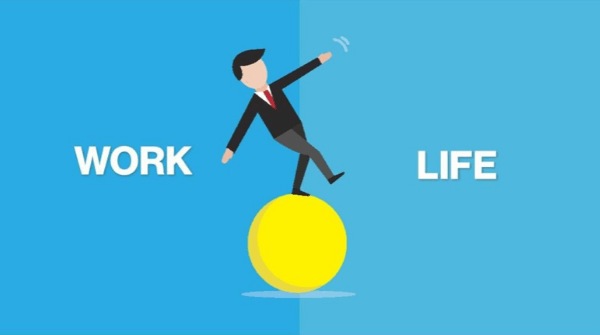
Much of the general analysis about the causes and consequences of work-life imbalance is speculative and based on limited convincing evidence. While steps to redress these concerns transcend work and employment, it is nevertheless argued that the demands of work contribute to a reduced participation in non-work activities resulting in an imbalance. The consequences include increases in juvenile crime, more drug abuse, a reduction in care of the community and in community participation and less willingness to take responsibility for care of elderly relatives and for the disadvantaged. In addition, the pressures and demands of work reflected both in longer hours, more exhaustion and the growth of evening and weekend work leave less scope for “quality” family time. There are various explanations for this associated with affluence, the growth of single parent families, the privatization of family life and the lack of local resources and facilities. In the community, there is growing concern that the quality of home and community life is deteriorating. Yet work-life balance has come to the fore in contemporary debates largely because in affluent societies the excessive demands of work are perceived to present a distinctive issue that needs to be addressed. In the early days of the industrial revolution in Europe (and today in some parts of the developing world) a primary concern was with the impact of child labour. Work-life balance has always been a concern of those interested in the quality of working life and its relation to broader quality of life. Work-Life Balance in HRM: Meaning, Definitions, Need, Traditional Perspective, Importance, Measures and Techniques


Techniques Adopted by Subordinates and Boss 10.


 0 kommentar(er)
0 kommentar(er)
